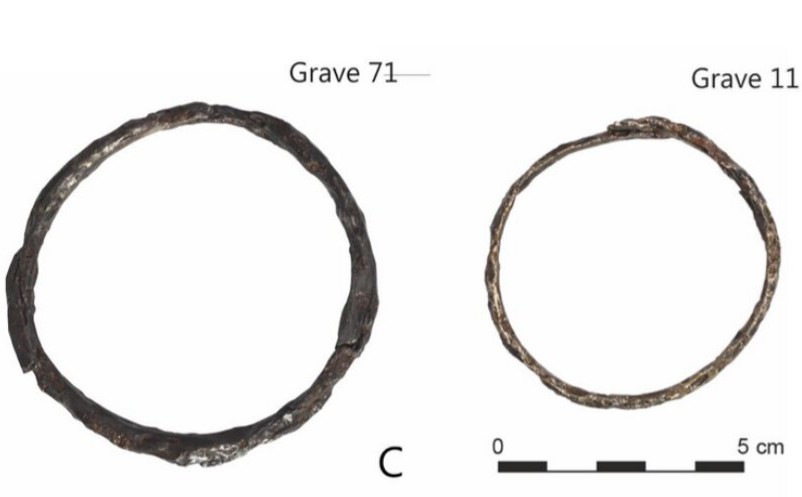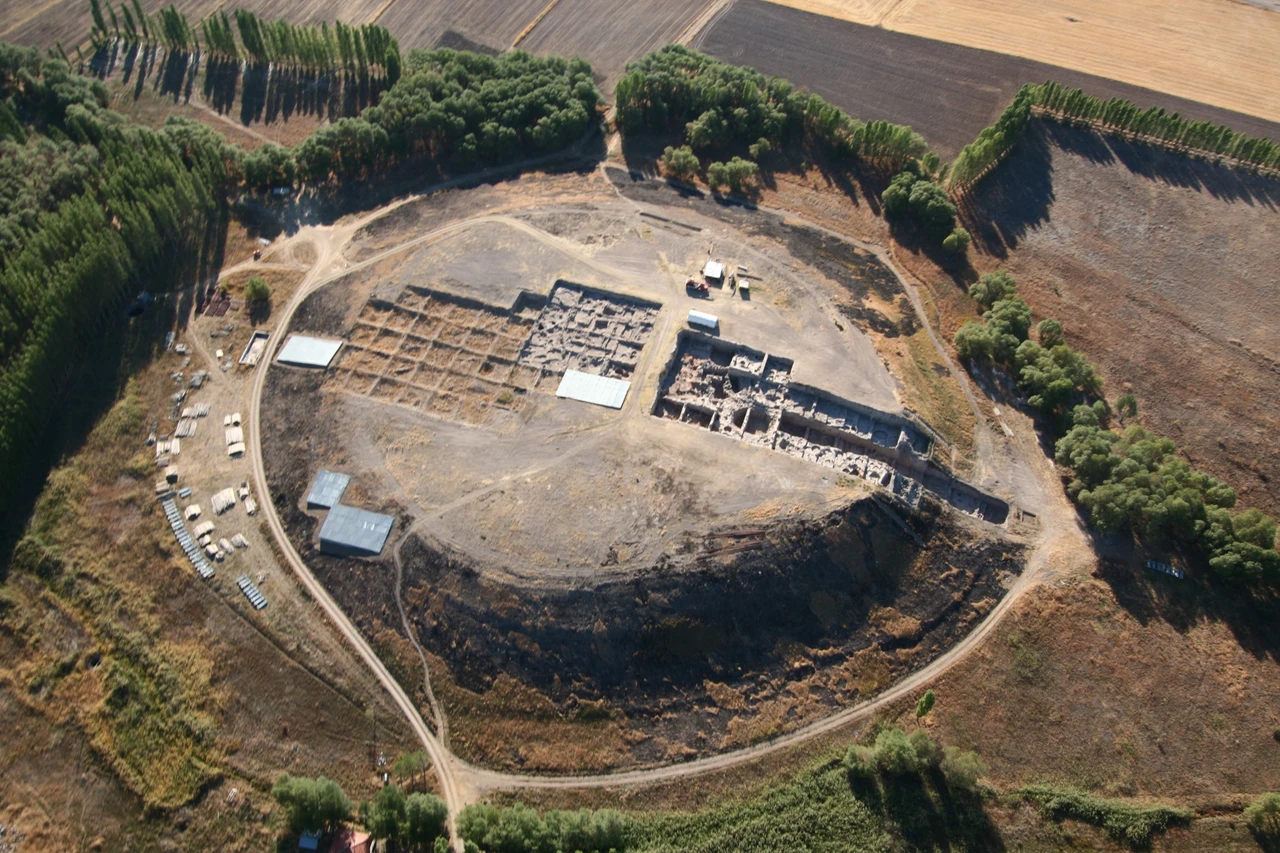Scientists have identified the presence of rare meteoric iron in artifacts discovered at two Iron Age burial sites near the city of Częstochowa in southern Poland. These significant findings are detailed in a study published in the Journal of Archaeological Science: Reports.
The artifacts, excavated from burial sites dating back to 750-600 BC, belong to the Lusatian Culture. Analyses indicate that these sites in Poland are among the most concentrated sources of meteoric iron globally and are comparable to some found in Egypt.
The research team analyzed 26 iron items from the archaeological sites, including bracelets, anklets, knives, spearheads, and necklaces. They found that four of the artifacts—three bracelets and a needle—were made using meteoric iron. High nickel levels in the iron led researchers to conclude that these items were crafted from a rare iron meteorite known as ataxite.
The researchers believe that the meteoric iron was sourced locally, whereas terrestrial iron was typically obtained through trade from the Balkans or the Alps during that period. Albert Jambon, one of the study’s authors from Sorbonne University, stated, “These findings suggest that there is a high likelihood of having witnessed a [meteor] fall rather than it being a chance discovery.” He noted that if a meteor fell unnoticed, it might be impossible to recover its fragments afterward.
Objects made from meteoric iron were found in various graves, including those of women and children. The randomness of these finds suggests that the material was not perceived as particularly valuable by the people of the Lusatian culture.
Additionally, the study identified band patterns in the metal that may have been intentionally created. If verified, this would represent the oldest known patterned iron, significantly predating Damascus steel.





